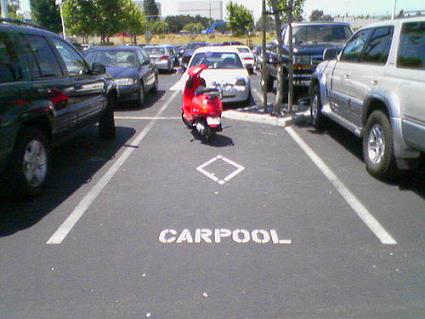Nothing is as dangerous in architecture as dealing with separated problems. If we split life into separated problems we split the possibilities to make good building art. Alvar Aalto
Theory
Fulfilling the promise from my last post, I want to step back and explain that something I witnessed last weekend that confirmed my belief in the power of LEED.
There are a number of articles and posts out there decrying how LEED doesn't work because it only uses modeled energy, because it doesn't guarantee good design, or some similarly narrow complaint. In all fairness, each author may have a point, but to say that LEED is broken is a substantial overstatement.
LEED is not perfect, and it never will be. The recent notice that the ASHRAE 189 task force disbanded is a testament to how hard it is to create a standard that reflects the ideals of sustainable design. I once heard Bob Berkebile say that "LEED is not good, it's just less bad." This is true, and that's ok. The ultimate mission of the USGBC is market transformation. If LEED were only attainable by the top .01% of buildings it would never be more than a passing fad.
This voluntary rating system is successful because it has provided a common measuring stick that we can all build upon and one that is accessible to the masses. Most importantly, it provides a method by which architects, engineers, and other professionals can compare environmental solutions on something other than cost. Is a 20% reduction in water usage the same as a 20% reduction in energy? LEED gives a method for answering that question, however imperfect that is. Criticized in the past for an arbitrary assignment of points, LEED 2009 will use a weighting system to more properly credit those points which provide a true benefit to the environment.
I'm sure we've all been surprised at times by how easy it can be to reach certified status, but if it means that one more developer can find it in their hearts to spring for a few bike racks then that's a few bike racks that wouldn't have been there otherwise. Sure the effect may be minimal on any one project, but combined these efforts are truly creating a new industry. It is the USGBC's job to slowly raise the bar on LEED until the industry is ready to accept perfectly healthy, net-positive buildings that are socially beneficial as the norm. Until that day "LEED Certified" must stay just above conventional practice in order to push "normal" design in the right direction.
Proof
Last weekend I was invited to speak before a group of sales reps for a large construction product company. I was asked to give the architect/specifier's perspective about what influences our decisions with regard to sustainable sourcing of their product type, but before I spoke I sat in on an internal presentation about where they stand with regard to LEED credits and other environmental features.
The resulting conversation astounded me! This small group was able to clearly articulate the composition and environmental impacts of each of their products. They have identified areas of their supply chain that could be better optimized, and are examining ways to incorporate more local sourcing into all of their products. They are in the process of a comprehensive life-cycle analysis of their entire product line, searching for ways to further reduce their carbon footprint.
What was so interesting was that most of these discussions were centered around how their products affect the LEED rating system. For better or worse, it was clear that they were committed to LEED, presumably because their customers were. They felt they needed to prove their merit in hard numbers and real reporting, and couldn't get by with exaggerated claims of greenwashed hype.
Were their products perfect? No. Could they beat competitors on every environmental level? No... but they were taking a real hard look at how to inch in that direction. This meeting proved to me in a real way how the USGBC and LEED are transforming our industry for the better. Even if this company was only motivated by how to sell more products (I don't think that was the case), they are now in a position to do so by greening their company.
If you asked the typical architect what a VOC was 10 years ago I doubt one in a hundred would be able to answer correctly. Many manufacturers still fail to clearly report basic data such as recycled content, manufacturing locations, and other environmental attributes of their products. It is vital that we allow time for the industry to adapt before we declare any system a success or failure. Manufacturers need stability in order to make a substantial investment in improvements and reporting. Testing for materials alone can easily reach into 6 figures, and they're not going to do it unless they feel it provides them with an advantage over their competitors. In many cases, it's the LEED system requirements that are the foundation for that advantage. It's a slow, tedious process rife with hiccups, missteps, and mistakes, but until somebody suggests a better way I'm all for it.










